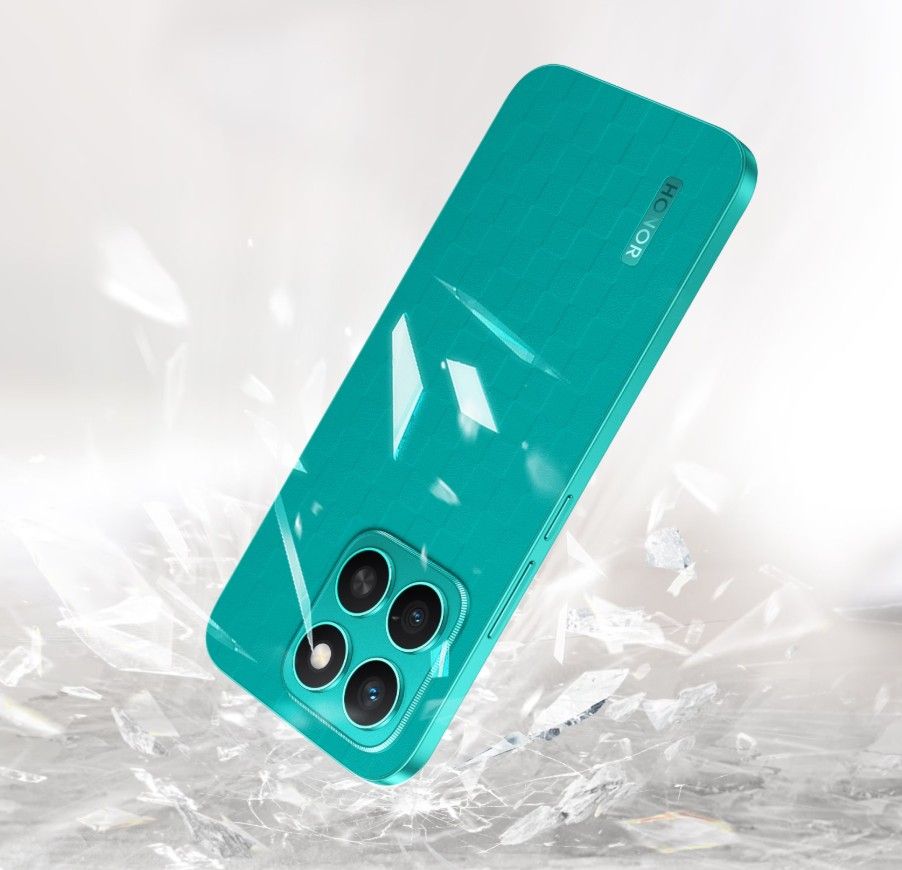Why Smartphone Design Still Matters Today?
The design of smartphones has grown in importance as people seek gadgets that are easy to use, practical, and aesthetically pleasing. A smartphone's design greatly affects the user experience, even if performance and functionality are crucial. A smartphone's appearance, from svelte contours to high-end materials, can influence how you see and use it. By 2025, design will still be a major factor in defining the smartphone market and taking it beyond its current state as a tool for communication. It embodies fashion, uniqueness, and the continuous development of technology.

What Makes Smartphone Design So Important in 2025?
First Impressions Influence Buying Decisions
The first impression of a smartphone frequently influences a potential buyer's decision. In a market crowded with many models, style stands out as one of the most direct influences on purchase decisions. Sleek lines, brilliant colors, and eye-catching finishes may make a gadget more appealing, but bad design may turn people off. A well-designed smartphone conveys quality and attention to detail, making it more appealing to customers who desire a device that not only works well but also looks beautiful. Devices such as the HONOR X8c demonstrate how a well-thought-out design can pique attention and increase sales.
Design Drives Emotional Connection
A smartphone's design has the potential to form a lifelong emotional relationship with its users. Beyond utility, people are drawn to products that reflect their individual style and interests. The feel of the material, the form of the gadget, and the overall aesthetic might elicit favorable feelings, increasing consumers' attachment to their phones. When a smartphone's design reflects a user's preferences and lifestyle, it generates a sense of connection and happiness, fostering brand loyalty. This emotional connection frequently influences whether a consumer will continue to buy from a business in the future.
Aesthetic Trends Reflect Tech Evolution
Smartphone design not only reflects current aesthetic trends but also the industry's technological breakthroughs. As technology advances, so does smartphone design, with new features such as foldable screens, bezel-less displays, and lighter yet stronger materials. These design modifications demonstrate cellphones' developing capabilities and adaption to the modern environment. Aesthetics are more than simply how a gadget appears; they also refer to how effectively the design supports and emphasizes the innovations contained therein. By staying current with design trends, manufacturers show how technology can improve the user experience in both practical and visual ways.

How Smartphone Design Impacts User Experience
Ergonomics and Comfort in Daily Use
The design of smartphones has a significant impact on everyday comfort and usage. Ergonomics are important in making sure the phone is comfortable to hold, grasp, and use for long periods of time. A well-designed smartphone fits comfortably in the hand, with rounded corners and proper weight distribution, decreasing strain during daily operations such as messaging, surfing, and gaming. When the item is comfortable to carry, it improves the whole user experience, making it more pleasurable and less frustrating to use. Phones like the HONOR X8c employ ergonomic design concepts to create a comfortable fit in the user's hands.
Screen-to-Body Ratio and Display Innovation
The screen-to-body ratio is a critical design consideration as it determines the extent of the screen occupying the front of the smartphone. A greater screen-to-body ratio produces a more compact, smaller form factor from a bigger screen. This raises the immersion of movies, video games, and multitasking, therefore improving the watching experience. OLED and AMOLED panels, among other display technologies, deepen blacks, provide vivid colors, and boost energy economy, thus improving design. Thanks to developments in screen design, a trend expected to be common in 2025, consumers may now enjoy superior visual experiences without compromising phone size.
Material Choice and Durability
The materials used in smartphone manufacture have a considerable impact on both the durability and overall design. Premium materials like glass, ceramic, and aluminum help to provide the gadget with a high-end appearance and feel while also increasing its durability. Durability is critical in today's smartphones, as customers want goods that can survive normal wear and tear. Scratch-resistant coatings, water resistance, and shockproof features help the smartphone retain its visual appeal over time. A solid material selection may extend the device's lifespan, making it an investment worth keeping. To suit the expectations of today's consumers, brands prioritize durable but fashionable materials.
Conclusion
Smartphone design continues to play an important part in the device's success, influencing not just how the phone appears but also how it feels and functions in the user's hands. Evolving design trends, greater ergonomics, and novel materials all contribute to a more complete user experience. As technology progresses, smartphone design grows more in line with both aesthetic tastes and practical requirements, making it an important component in customer decision-making. A thoughtful and appealing design can set a device apart, driving both initial sales and long-term user satisfaction, as seen in models like the HONOR X8c.
